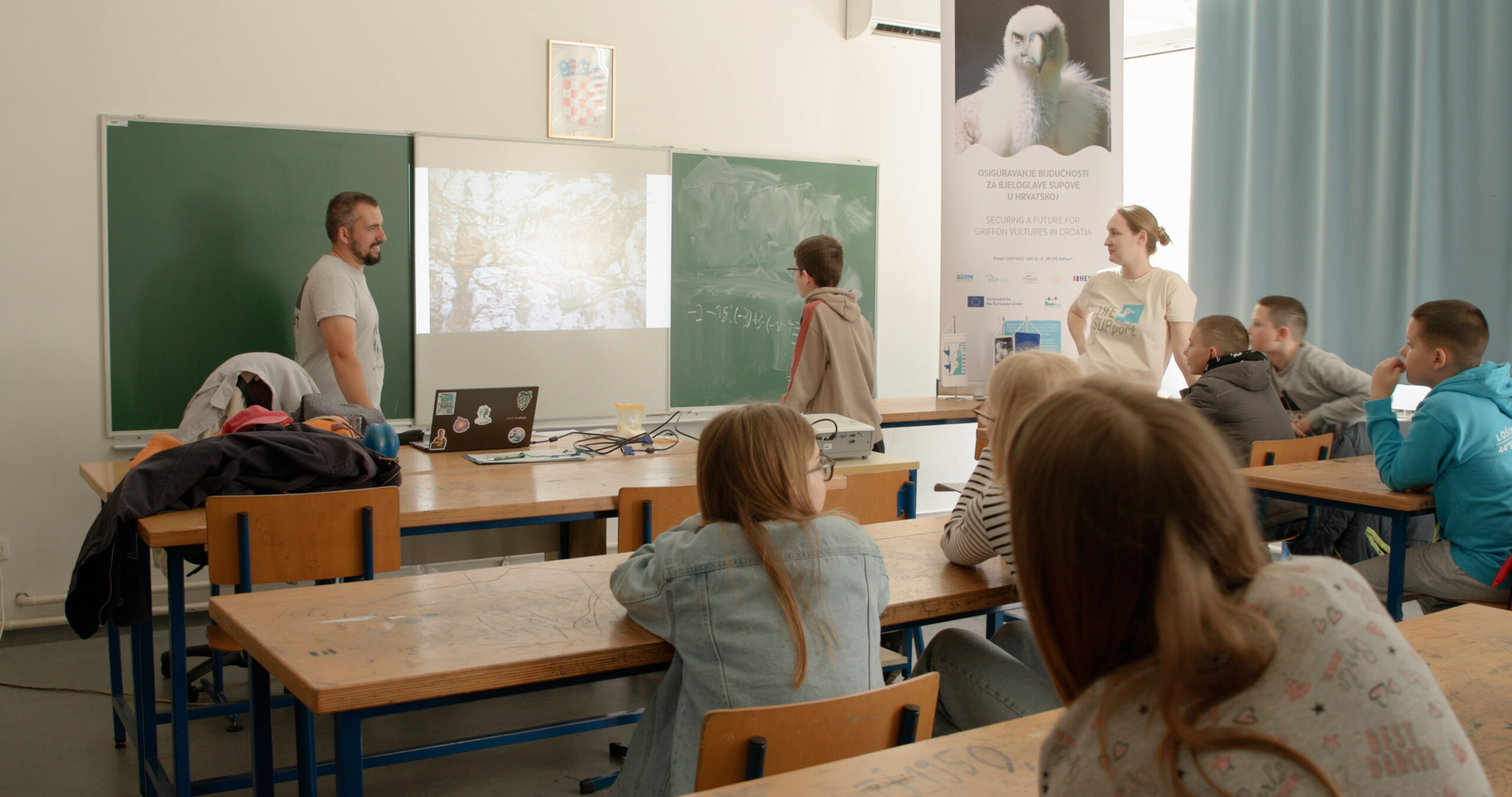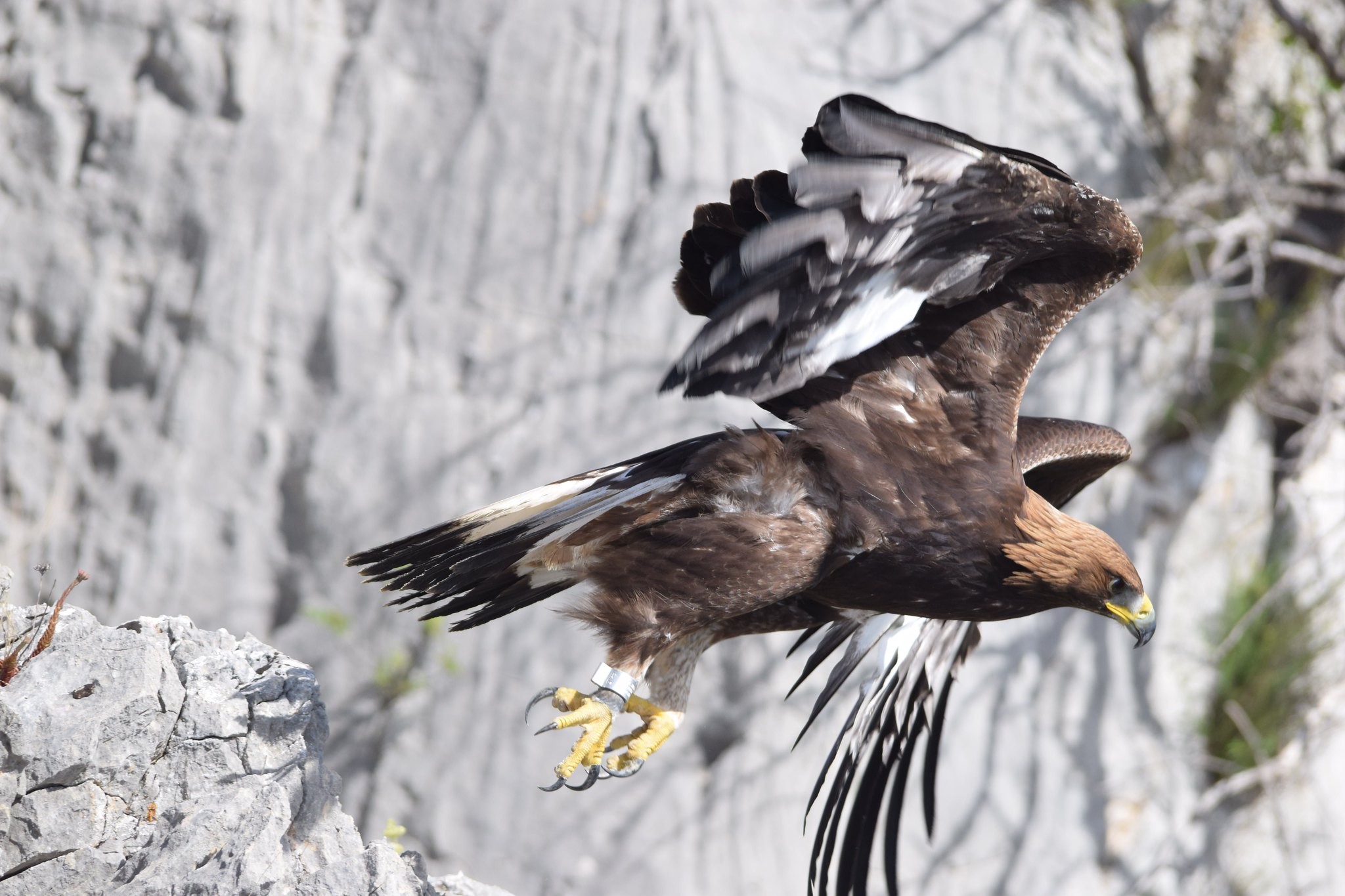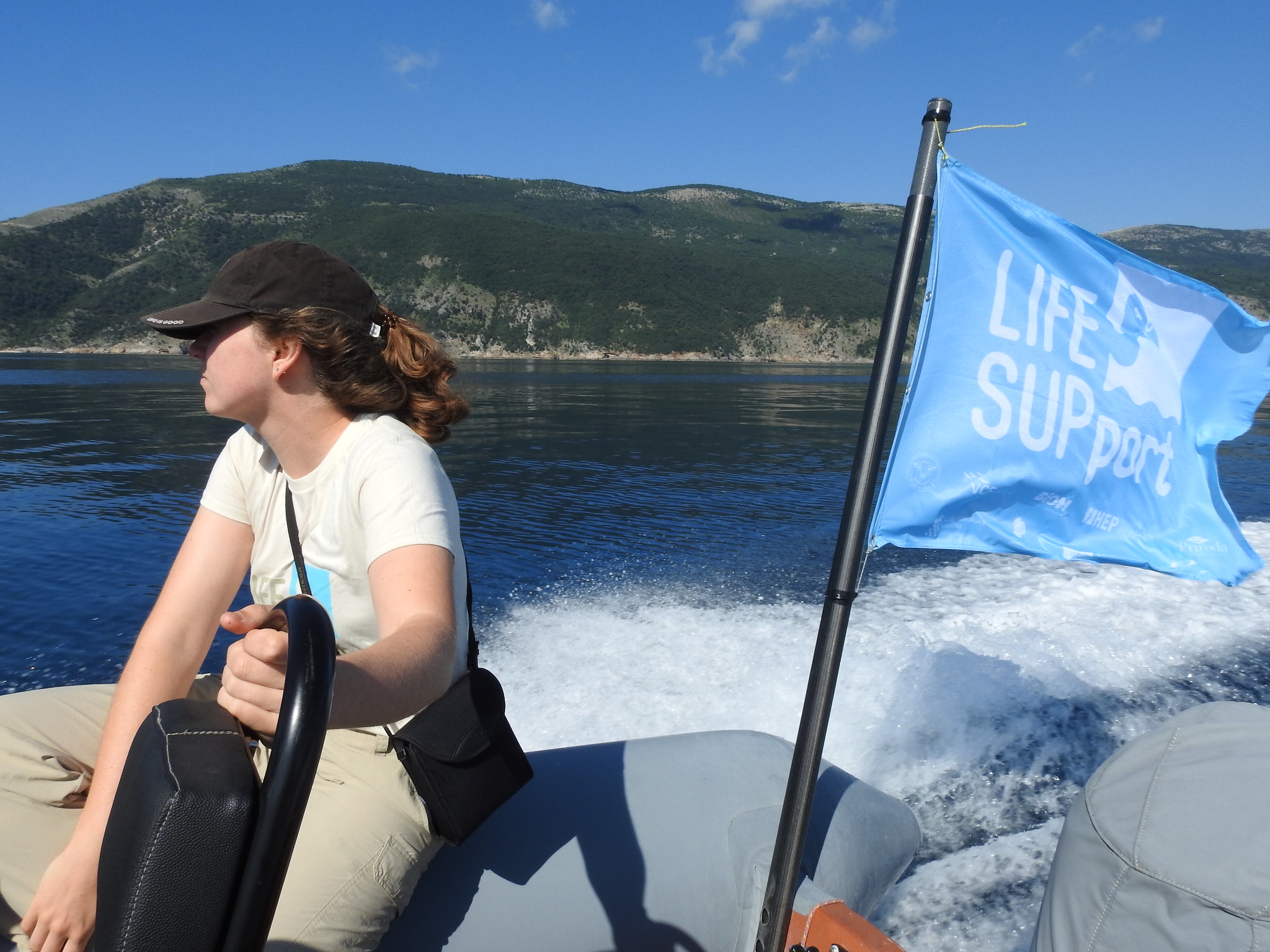This year a team of experts from Croatia, Slovenia, Italy, Slovakia and Romania actively started with saving of endangered lynx in Dinarides. The implementation of a project for the revitalization of lynx population was enabled through European financial instrument for the environment and climate changes – LIFE program.
The population of lynx, which Croatia shares with Slovenia is extremely small and endangered. All of about 50 animals which live in these two countries are close relatives, because of what is threatened by extinction and the only salvation is importation of ”fresh” genes. The European Union has recognized the importance of the initiative and will enable large part of finances for inhabitation of at least 14 new specimens from Romania and Slovakia to Slovenia and Croatia. Besides the LIFE program, the project was also vastly financed by Slovenian Ministry of the Environment and Spatial Planning and Croatian Environmental Protection and Energy Efficiency Fund.
”The most important goal is recovery of genetic diversity of populations. Also, we want to set the foundation for sustainable management of the population, which depends on international cooperation of many institutions, scientific data and multidisciplinary approach to the problems” says Magda Sindičić docent on Faculty of Veterinary Medicine and main coordinator of Croatian part of the project.

photo: Vedran Slijepčević, phototrap of State Institute for Nature Protection
Besides project partners – Faculty of Veterinary Medicine, University of Zagreb, Karlovac University of Applied Sciences and Assocation BIOM, the hunting associations and Public institutions for management of protected areas, that take care of lynx prosperity along the Croatia, are very important for the implementation of the project.
In Croatia, lynx is strictly protected species and it can be found on the Red list of mammals. On the territory of Croatia and Slovenia, the species were vanished at the beginning of the 20th century as a result of overhunting. But, in year 1973, Slovenian hunters brought 6 new specimens to Slovenia and with their expansion the current population was formed which is presumed to be 30-40 cats in Croatia and 10-20 in Slovenia.
”Lynx as predator at the top of the food chain has an extremely significant role in a healthy ecosystem. As a solitary hunter it takes unique ecological niche that can’t be replaced with any other predator from this area. I look forward to the implementation of project and I am sure that with the successful restoration of lynx population, we will contribute to the health of our nature” says Vedran Sljepčević doctor of Veterinary Medicine, who is in charge of project implementation by the University of Karlovac.
Enthusiasm around the implementation of the project is also shared by the Association BIOMs project manager, Ivana Selanec, Master of ecology and nature protection: ”LIFE Lynx is the only project from Croatia for which funding was approved by LIFE program 2016. That fact says a lot about its quality and work that awaits us. I am looking forward for implementation, specific results of the project, but also to all future collaborations which will be realized through this project”.
About LIFE Lynx project:
One of the most endangered animal species in Croatia is lynx, whose extremely small population is on the edge of extinction in our and neighbouring states. One possibility for survival of the lynx at Dinarides is inhabitation animals from other, stable population. Therefore, in period from year 2017. to 2014., international ”LIFE Lynx” project will be implemented in Croatia, Slovenia and Italy, within which will at least 14 lynx caught at Slovakia and Romania be released.

photo: Vedran Slijepčević
At the beginning of the 20th century, due to overhunting, the lynx has vanished from most parts of Europe, including the Croatia and neighboring countries. But, in year 1973. hunters from Slovenia have organized reintroduction of lynx, and six animals caught at Slovakia were released inside breeding and hunting ground Medved near Kočevje. All three inhabited females had young already at first year, population grew rapidly and in a few years, lynxes from Slovenia spread to Croatia, Bosnia and Herzegovina, Austria and Italy. But, since 1990s to nowadays hunters notice decrease in number of animals and population. The most important cause of the extinction of lynxes is inbreeding, because in the last 45 years, the offsprings of those six animals have bred among themselves.
We estimate that today only 30-40 lynxes are present in Croatia and in Slovenia 10-20, while in Italy situation is even more critical. Scientific researches show that lynxes will totally die out unless new animals are introduced to increase the genetic diversity of the population. Therefore, the representatives of forestry, hunting, and science institutions prepared the proposition of project for saving the lynx that was applied to the LIFE program for co-financing from the European Union. The project was graded positive and will be implemented since July 2017 to March 2024.
In project are included 11 institutions from 5 countries – Croatia, Slovenia, Italy, Slovakia and Romania, and in Croatia it will be carried out by the Faculty of Veterinary Medicine, University of Zagreb, Karlovac University of Applied Sciences and Assocation BIOM. Besides European commission, the Croatian part of project is co-financed by The Environmental Protection and Energy Efficiency Fund, and large amount of researchers were provided by Slovenian Ministry of the Environment and Spatial Planning.
Long term goal of the project is to stop dying out of the lynx population at Dinarides and southeastern Alps what will be achieved by inhabit four animals from Slovakia and Romania to Croatia and ten to Slovenia. Success of invitation will be followed by science researches, that will include following of the inhabited animals and then in offsprings by automatic photo traps and GPS collars and through many genetic and ecological analysis. The countries included in project will coordinate and improve managing with this endangered species and will prepare the strategy document to secure long-term cooperation in this area.

photo: Vedran Slijepčević
Charismatic lynx is a great treasure of Croatian nature, and it’s our responsibility to preserve it for future generations. A precondition for achievement of this goal is cooperation of all relevant institutions and the support of the public.
For further information, please contact main coordinator for Croatian part of the project:
Magda Sindičić docent
Faculty of Veterinary Medicine, University of Zagreb
e-mail: magda.sindicic@vef.hr
cellphone: 098 1811 291






